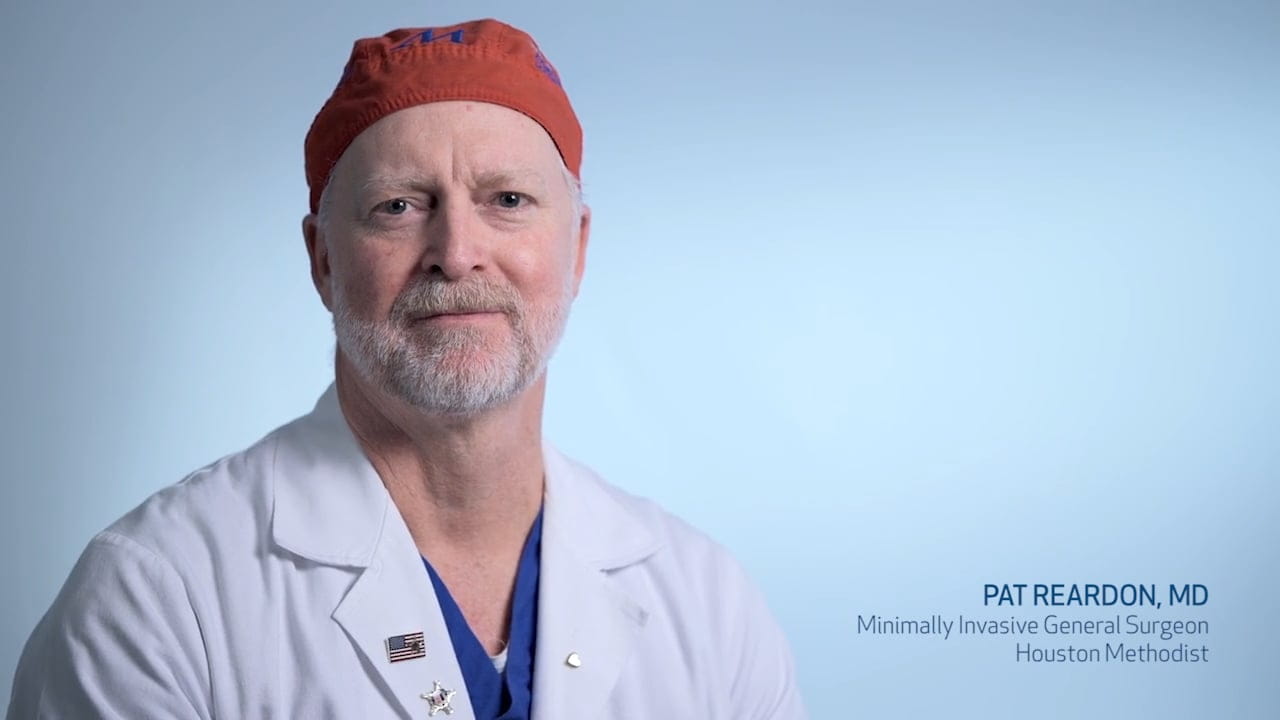Laparoscopic Surgery
U.S. PATIENTS:713.790.3333
Ready to Look for a doctor?
Surgeons at Houston Methodist are experts in using laparoscopic surgery, also called minimally invasive surgery, across clinical disciplines and whenever possible.
Laparoscopic surgery leverages fewer and smaller incisions than open surgery, using surgical tools half the size of conventional ones.
The benefits of minimally invasive surgery include:
- Less pain and blood loss
- Shorter hospital stays
- Faster recovery
- Fewer complications
- Little or no scarring
Expertise in Laparoscopic Surgery
Houston Methodist has an extensive history of performing procedures using the least invasive methods possible, while always prioritizing quality and patient safety.
Our surgeons leverage laparoscopic techniques across many surgical specialties, including:
- Acute care surgery and surgical critical care
- Cancer surgery
- Digestive surgery
- Gynecologic and pelvic surgery
- Metabolic and bariatric surgery
- Thoracic surgery
- Transplant surgery
- Urologic surgery
We also continue to be leaders in laparoscopic surgical techniques. Our development of new and innovative procedures is aided by the Houston Methodist Institute for Technology, Innovation & Education (MITIE), one of the largest and most comprehensive surgical education and research facilities in the world. This revolutionary platform enables our surgeons to develop and integrate new laparoscopic procedures into their practices — improving patient outcomes and safety.
In addition to laparoscopic surgery, Houston Methodist experts perform robotic-assisted surgery, giving our surgeons new ways to achieve superb surgical outcomes.
Spotlight: How Minimally Invasive Surgery Benefits Patients
“We don’t just use the 10 mm (half-inch) instruments. We don’t just use the 5mm (quarter-inch) instruments. We’re using 3 mm and 2 mm instruments every single day.”
Listen as Dr. Pat Reardon, minimally invasive general surgeon at Houston Methodist, explains how laparoscopic surgery works and benefits patients.

